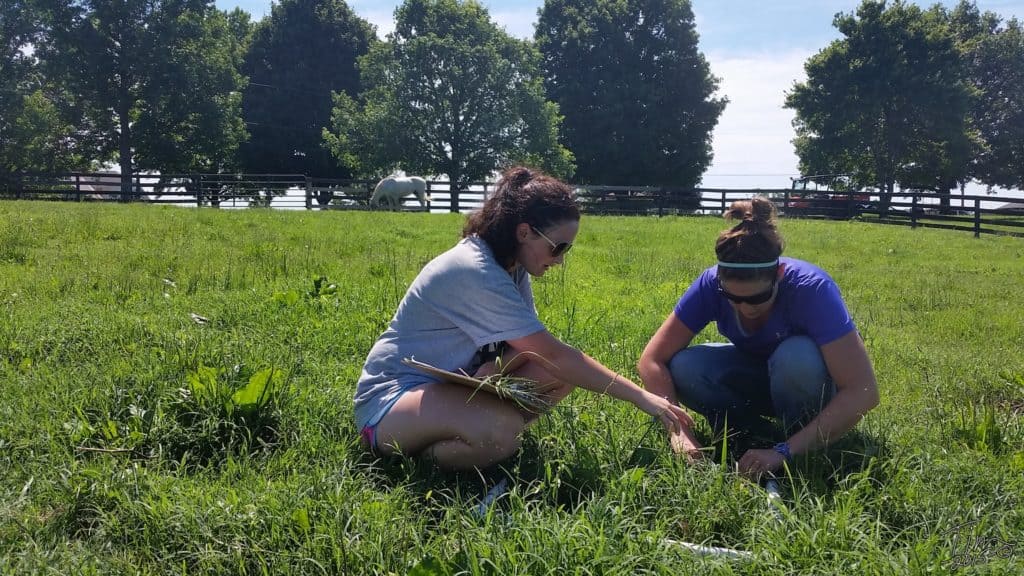
Fall Nitrogen Application Benefits Horse Pastures Year-Round
Fall is prime time to invest in pastures to protect them before and throughout the winter to ensure good grazing in the spring.

Fall is prime time to invest in pastures to protect them before and throughout the winter to ensure good grazing in the spring.

Switch your horse’s feed type or amount gradually to minimize his risk of digestive upset. Plan any nutrient-dense dietary changes carefully to avoid health problems such as colic or laminitis and to allow for maximum nutrient digestion.

Common feeding practices could be causing your horse’s stomach acid levels to rise.

A Kentucky Thoroughbred farm is reaping the benefits of healthier mares and foals after making horse pasture renovations over the past year with guidance from University of Kentucky personnel.

Overgrazing, one of the most common threats to pasture and plant health, happens all too often on horse farms. Download this free report to learn about the signs and solutions to overgrazed pastures.

These findings will help scientists design better strategies to combat agriculturally important microbial diseases with fewer repercussions to crop yield.

Horses are highly susceptible to botulism, which causes neurologic disease and death. Download this free fact sheet to learn more!

By adopting key planning and management strategies, owners can keep horses successfully on small properties. Learn about zoning regulations, manure management, insect control, insurance, and more in this free report!

Our nutrition expert explains how diet changes can help horses with pituitary pars intermedia dysfunction (PPID).

Find out why this grass is a popular hay for horses and how, in some cases, it might cause problems.

Minimize your horse’s risk of ingesting a deadly plant by identifying and eliminating harmful species.

Consider these dietary changes to help reduce the laminitis risk and discuss with your veterinarian whether certain medications could help your horse.

Horses consuming crude protein at 12% of total dry matter intake excreted more nitrogen, which led to greater ammonia emissions.

Pasture managers can take simple steps to develop a healthy root system and, in turn, a more resilient and productive pasture. Here’s how.
Speakers will present on cost sharing, weed control, rotational grazing, ryegrass, and maintaining healthy horses.

Participating farms receive detailed pasture assessments, including grass species composition and tall fescue analysis.
Stay on top of the most recent Horse Health news with
"*" indicates required fields